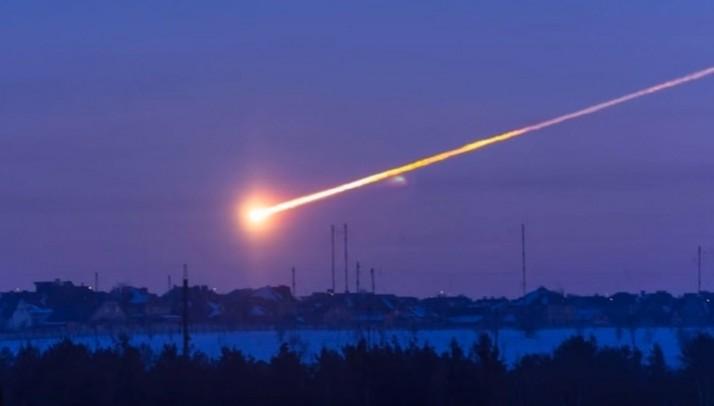
A meteor falling into the Earth for a flash, briefly lit up the sky last weekend, and according to a post by NASA, it shone about 40 times brighter in the dark sky as the Moon when it blew up as a fireball before going out.
The American Meteor Society is reported to have received several "official sighting" reports from all over southeastern US as well, at the time of writing. The AMS site had 53 reports stretching from Georgia, Tennessee, Alabama, and North Carolina.
NASA, on their meteor watch Facebook page posted that the incident was recorded by all six of NASA's own meteor cameras in the region. In the post, they explained that the meteor was first seen at an altitude of about 93 km in the sky, just below the Karman line, so as soon as it entered the atmosphere, the space agency had eyes on it. Travelling at a speed of over 86,421 kph directly over Alabama, it fragmented some 29 km above the small town of Grove Oak.
The post explained that the asteroid was about 2 meters in diameter and when it exploded into a fireball, it was at least 40 times as bright as the Full Moon.
"We are still assessing the probability of the fireball producing meteorites on the ground" writes NASA, adding, "whether it did or not, it was an extremely bright event, seen through partly cloudy skies and triggering every camera and sensor operated by the Meteoroid Environment Office in the region," explains NASA.
It is not clear at this time if this incident was an off shoot of the Perseid Meteor Shower this year, but it was a significant sighting. The NASA Near-Earth Object Program Office was set up in 1998, and along with the JPL, they "detect, track and characterise" asteroids and comets that could approach the Earth and be a cause for concern, in that they could potentially be catastrophic.
Using automatic systems that include cameras and sensors, any object that gets close to the Earth can be examined closely, says NASA.
The Earth is well protected by the thick and rather dense atmosphere that blankets it. Any object that falls in or gets attracted to the planet typically gets burned up in the atmosphere. in the NASA update, it was noted that there is unlikely to be any small fragments of space rock that made it to the ground.
The Moon on the other hand is not so lucky. Barely any atmosphere on the satellite means even small meteors make a big impact. A few weeks back, videos emerged where two miniscule meteors, that could not have been bigger than walnuts caused an impact so huge that it was visible from the Earth.














